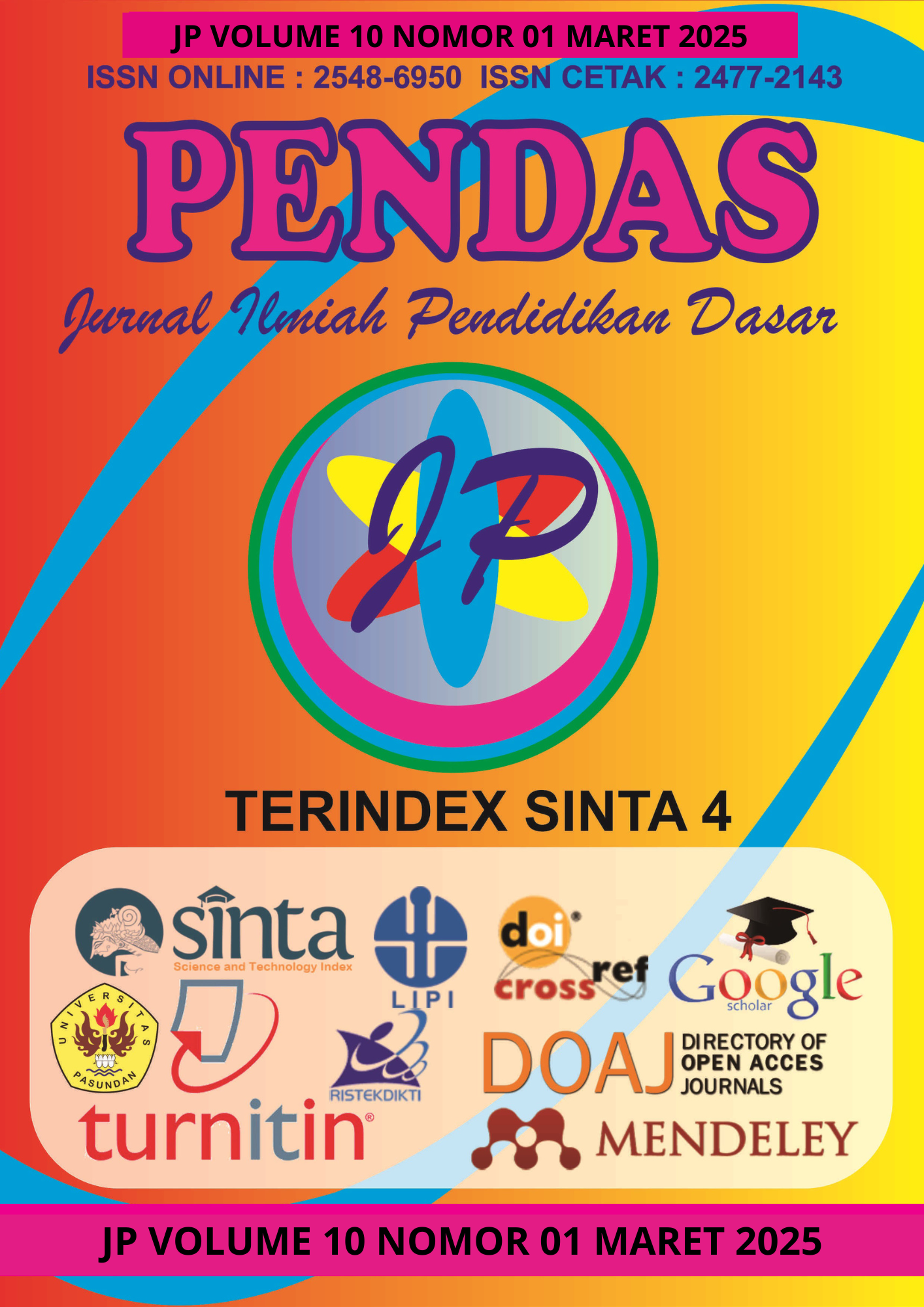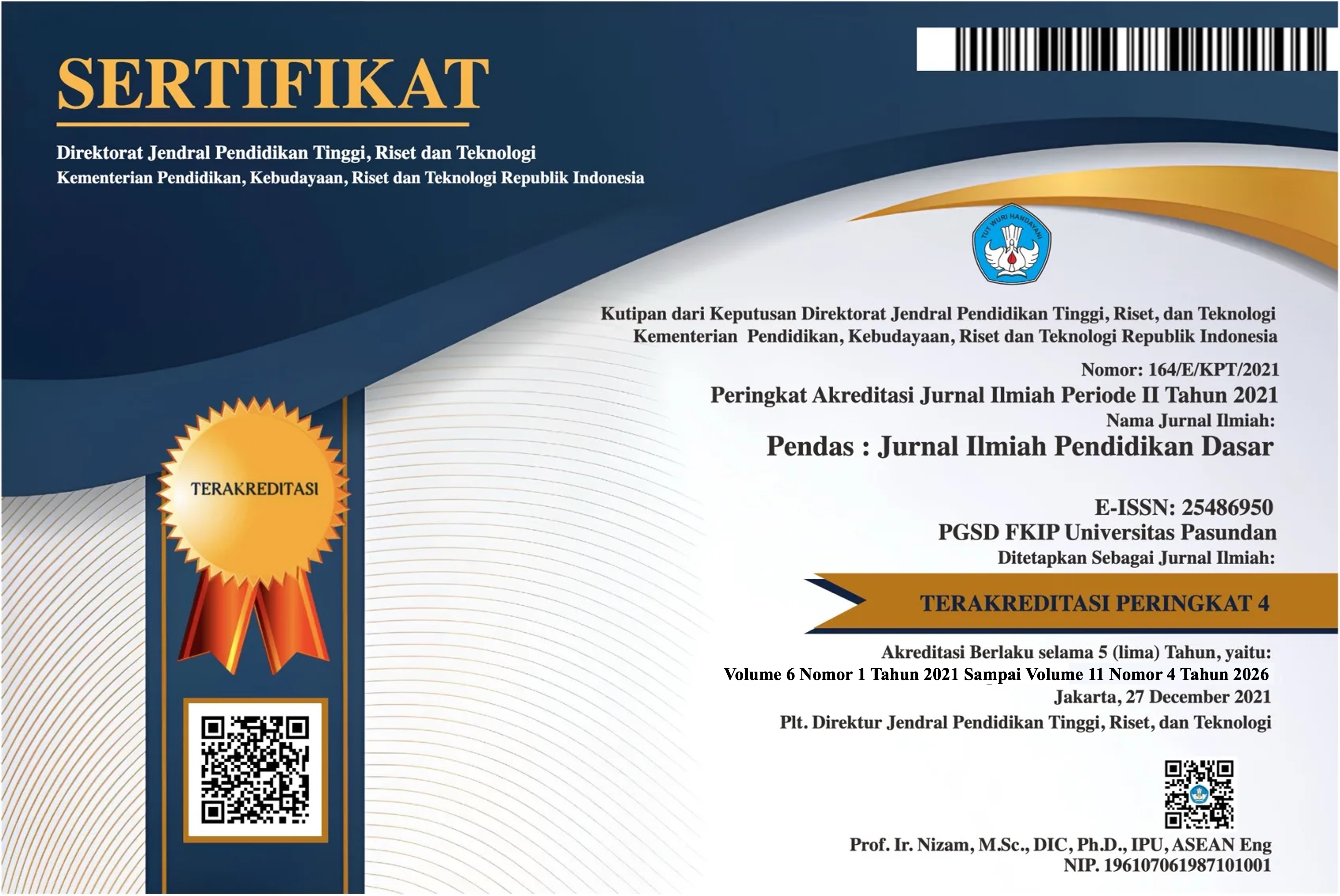PENGARUH MODAL INOVASI, ORIENTASI PASAR, DAN PENGGUNAAN TEKNOLOGI TERHADAP KEBERLANJUTAN BISNIS UMKM DI KABUPATEN SUMBAWA
DOI:
https://doi.org/10.23969/jp.v10i01.30691Keywords:
Keberlanjutan Bisnis; Modal Inovasi; Orientasi Pasar; Penggunaan Teknologi; UMKMAbstract
Penelitian ini bertujuan untuk menganalisis pengaruh Modal Inovasi, Orientasi Pasar, dan Penggunaan Teknologi terhadap keberlanjutan bisnis UMKM di Kabupaten Sumbawa. Keberlanjutan UMKM di tengah persaingan yang dinamis menuntut adanya adaptasi strategis melalui penguatan kapasitas inovasi, pendekatan yang berpusat pada pelanggan, serta adopsi teknologi yang relevan. Studi ini menggunakan pendekatan kuantitatif dengan metode survei, melibatkan 100 pelaku UMKM di Kabupaten Sumbawa yang dipilih melalui purposive sampling. Analisis data dilakukan dengan Structural Equation Modeling-Partial Least Squares (SEM-PLS) untuk menguji pengaruh masing-masing variabel independen terhadap keberlanjutan bisnis. Hasil penelitian menunjukkan bahwa Modal Inovasi, Orientasi Pasar, dan Penggunaan Teknologi masing-masing memiliki pengaruh positif dan signifikan terhadap keberlanjutan bisnis UMKM. Nilai R-square sebesar 0,788 menandakan bahwa ketiga variabel tersebut mampu menjelaskan sebesar 78,8% variasi dalam keberlanjutan bisnis UMKM di Sumbawa. Implikasi dari temuan ini menegaskan bahwa untuk mencapai keberlanjutan jangka panjang, UMKM memerlukan strategi terintegrasi yang berfokus pada pengembangan modal inovasi, penguatan orientasi pasar, dan optimalisasi penggunaan teknologi guna meningkatkan daya saing dan ketahanan bisnis.
Downloads
References
Apriani, D., Bachtiar, A., & Sari, D. P. (2023). The role of e-commerce adoption on MSMEs performance during the COVID-19 pandemic. Journal of Open Innovation: Technology, Market, and Complexity, 9(1), 100005.
Ayodotun, S. (2019). Strategic agility and competitive performance in the Nigerian telecommunication industry. Journal of Economics and Management, 35(1), 5-25.
Cahyono, Y., & Haryanto, B. (2021). The effect of market orientation and innovation on business performance of small and medium enterprises. Journal of Business and Retail Management Research, 15(3), 1-11.
Chen, Y. S., Wang, C. J., & Huang, C. H. (2020). The effect of innovation capital on firm performance: A perspective of intellectual capital. Journal of Intellectual Capital, 21(6), 937-957.
Cooper, D. R., & Schindler, P. S. (2014). Business research methods (12th ed.). New York, NY: McGraw-Hill/Irwin.
Ghozali, I., & Priyono, B. (2019). The effect of market orientation, learning orientation and innovation on the performance of SMEs in Central Java. Quality - Access to Success, 20(171), 125-129.
Hair, J. F., Hult, G. T. M., Ringle, C. M., & Sarstedt, M. (2022). A primer on partial least squares structural equation modeling (PLS-SEM) (3rd ed.). Thousand Oaks, CA: Sage Publications.
Herliana, A. (2021). Factors affecting the failure of small and medium enterprises (SMEs) in Indonesia. International Journal of Business and Management Invention, 10(4), 23-30.
Kementerian Koperasi dan UKM. (2023). Laporan Perkembangan UMKM Indonesia. Jakarta: Kementerian Koperasi dan Usaha Kecil dan Menengah Republik Indonesia.
Kuncoro, W., & Sutanto, A. (2020). The role of market orientation in mediating the effect of entrepreneurial orientation on SME’s performance. Jurnal Manajemen dan Pemasaran Jasa, 13(1), 1-16.
Lee, Y. H., & Chen, C. M. (2021). The impact of relational capital on innovation capability and new product development performance. Journal of Business & Industrial Marketing, 36(13), 134-146.
Narver, J. C., & Slater, S. F. (1990). The effect of a market orientation on business profitability. Journal of Marketing, 54(4), 20-35.
Nuryanto, U. W., & Purnomo, B. H. (2024). Financial technology (fintech) adoption and its impact on the sustainability of micro, small, and medium enterprises (MSMEs). Cogent Business & Management, 11(1), 2301567.
Pratama, A., Sari, R. L., & Wijaya, T. (2022). The influence of innovation capital on the business performance of creative industry SMEs. Procedia Computer Science, 197, 526-534.
Ratnawati, T., & Asyik, N. F. (2023). Digital transformation challenges for SMEs sustainability in the digital era. Journal of Economics, Business, & Accountancy Ventura, 25(3), 365-376.
Santoso, A. (2023). The role of innovation capital in achieving sustainable competitive advantage for SMEs. International Journal of Small and Medium Enterprises, 6(1), 45-58.
Sari, D. K., & Setiawan, M. (2022). Market orientation and business performance: A study of Indonesian SMEs. Gadjah Mada International Journal of Business, 24(2), 185-206.
Sari, W. P., Wijayanti, A., & Nugroho, L. (2022). The effect of competitor orientation on marketing performance. Journal of Marketing and Consumer Research, 85, 1-9.
Sarstedt, M., Ringle, C. M., & Hair, J. F. (2022). Partial Least Squares Structural Equation Modeling (PLS-SEM) using R: A Workbook. Cham, Switzerland: Springer.
Sekaran, U., & Bougie, R. (2016). Research methods for business: A skill-building approach (7th ed.). Chichester, West Sussex: John Wiley & Sons.
Setiawan, B., Santoso, D. T., & Hidayat, K. (2022). The impact of digital technology adoption on operational efficiency in SMEs. International Journal of Information Management Data Insights, 2(2), 100103.
Subagja, A. D. (2021). The concept of innovation capital and its measurement. Journal of Innovation and Entrepreneurship, 10(1), 1-15.
Turban, E., Outland, J., King, D., Lee, J. K., Liang, T. P., & Turban, D. C. (2018). Electronic commerce 2018: A managerial and social networks perspective (9th ed.). Cham, Switzerland: Springer.
Wibowo, A., & Pratiwi, A. (2021). The effect of digital marketing on brand awareness and purchase intention in SMEs. Jurnal Aplikasi Manajemen, 19(3), 545-555.
Downloads
Published
Issue
Section
License
Copyright (c) 2025 Pendas : Jurnal Ilmiah Pendidikan Dasar

This work is licensed under a Creative Commons Attribution 4.0 International License.



















